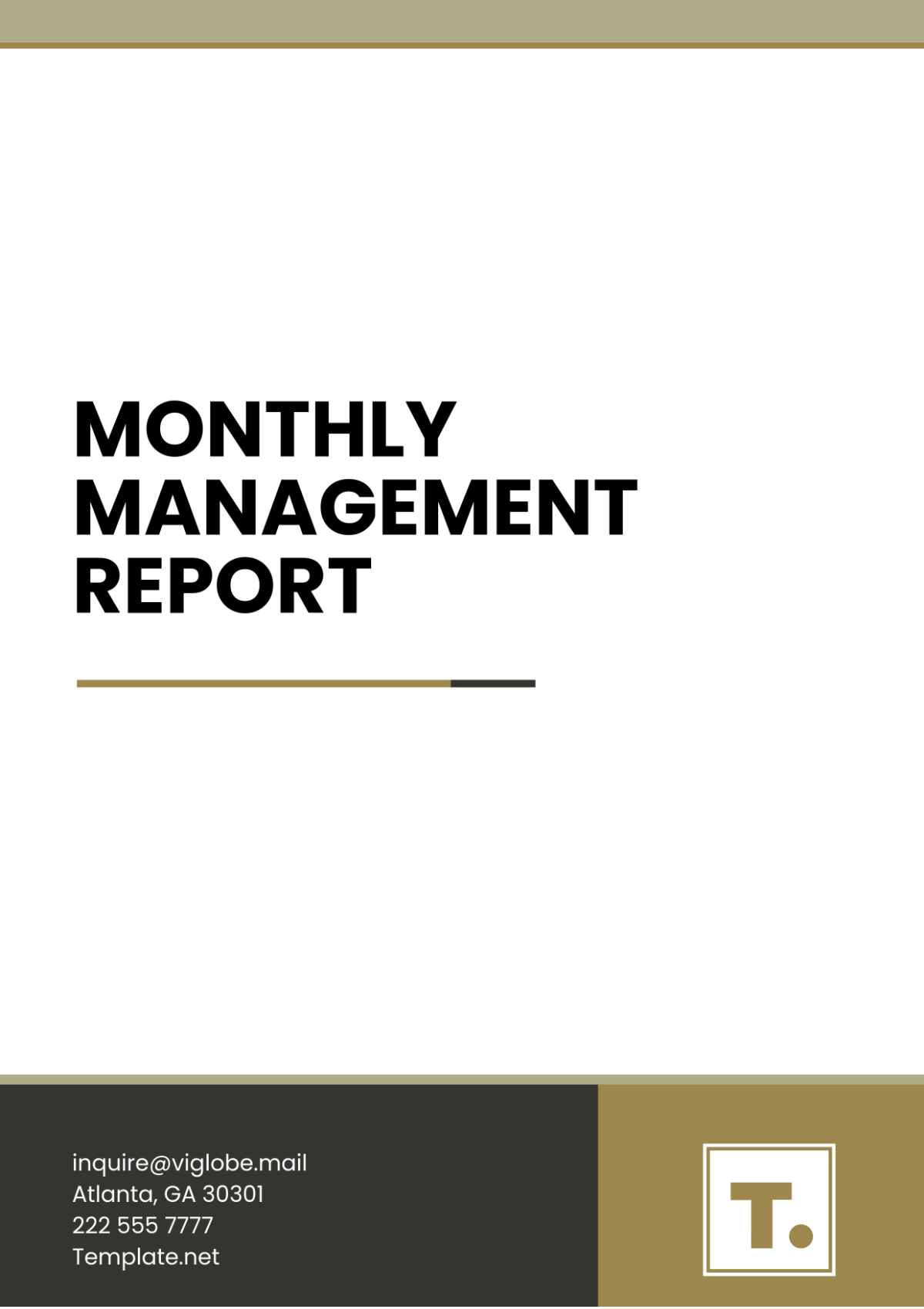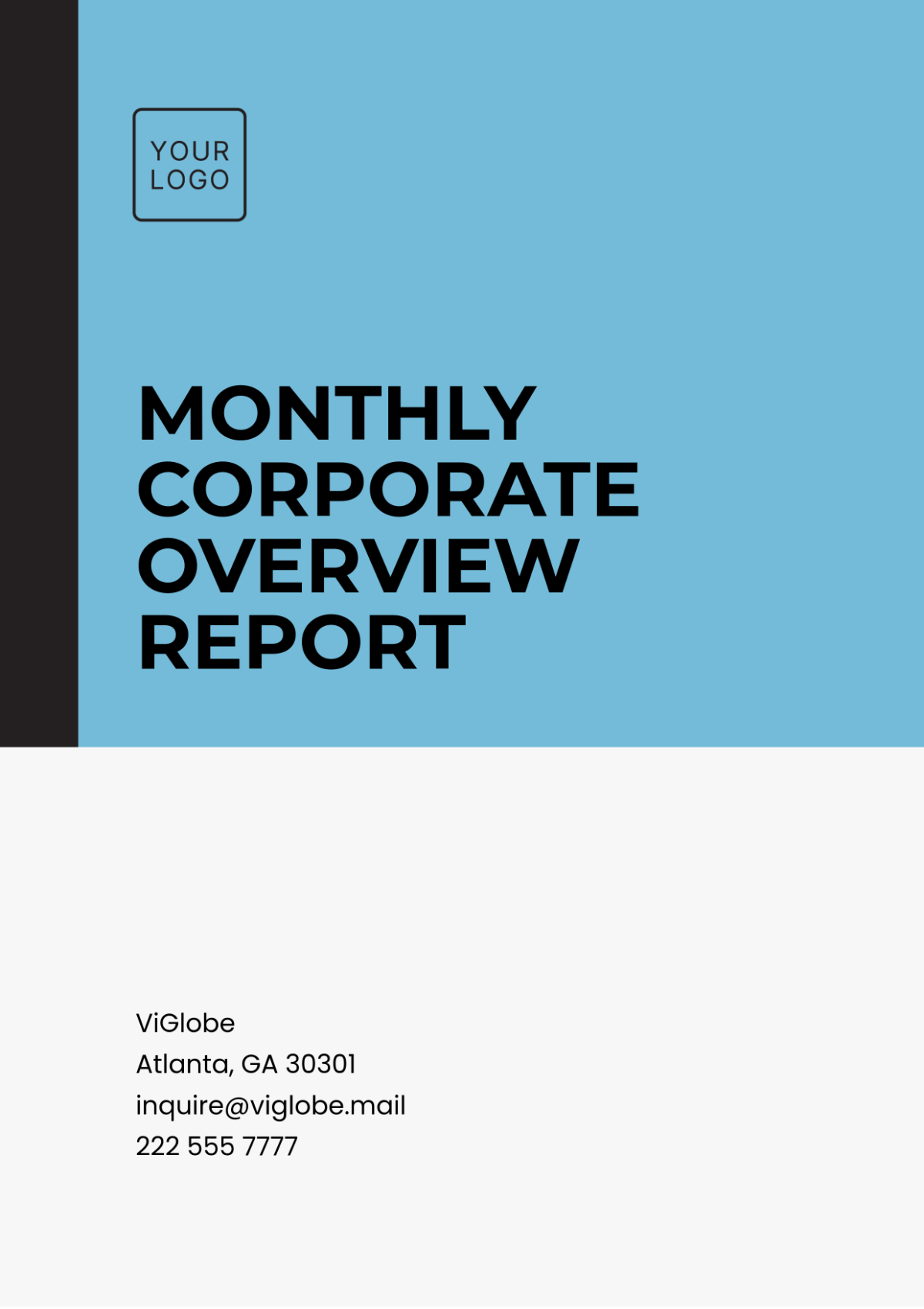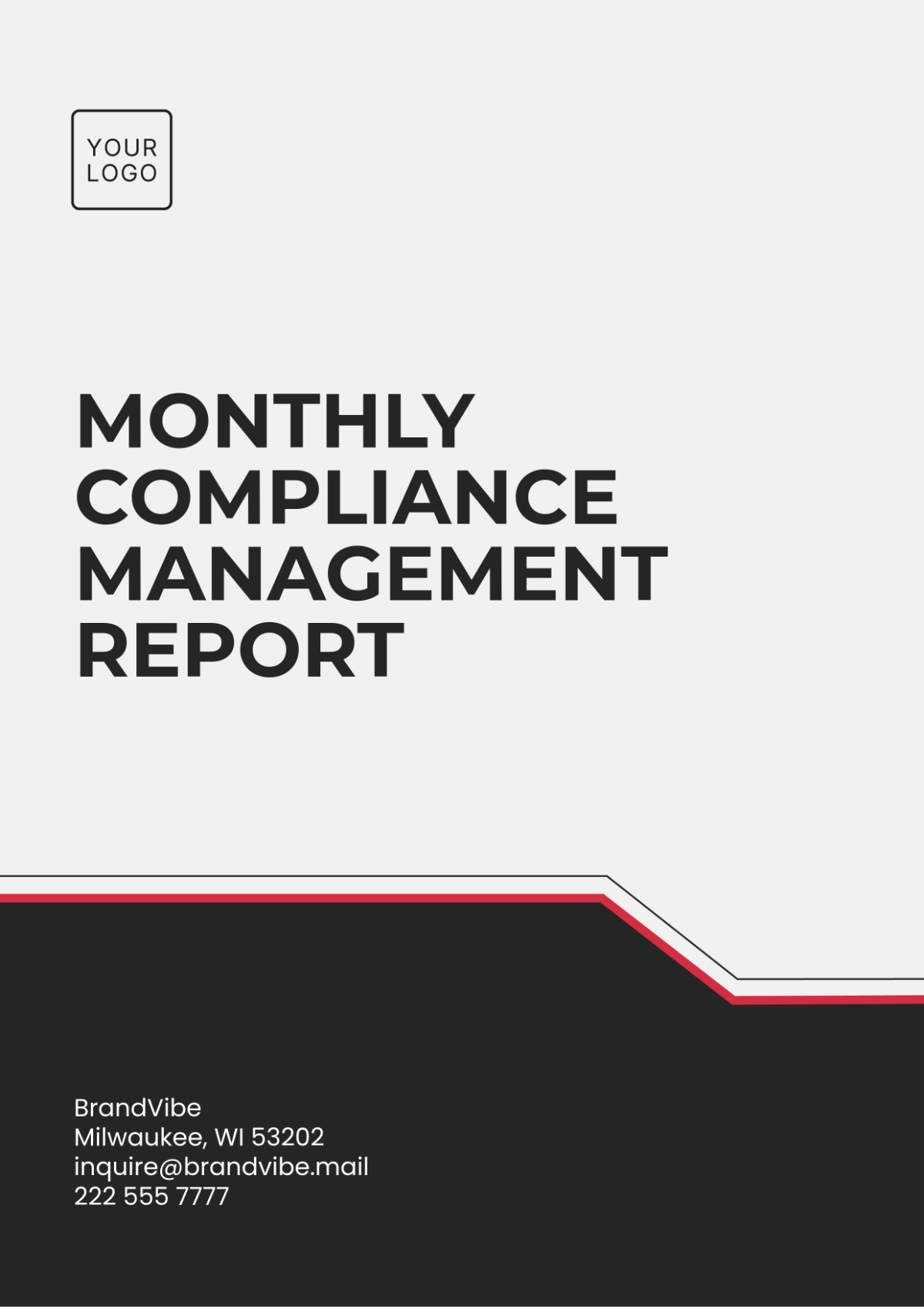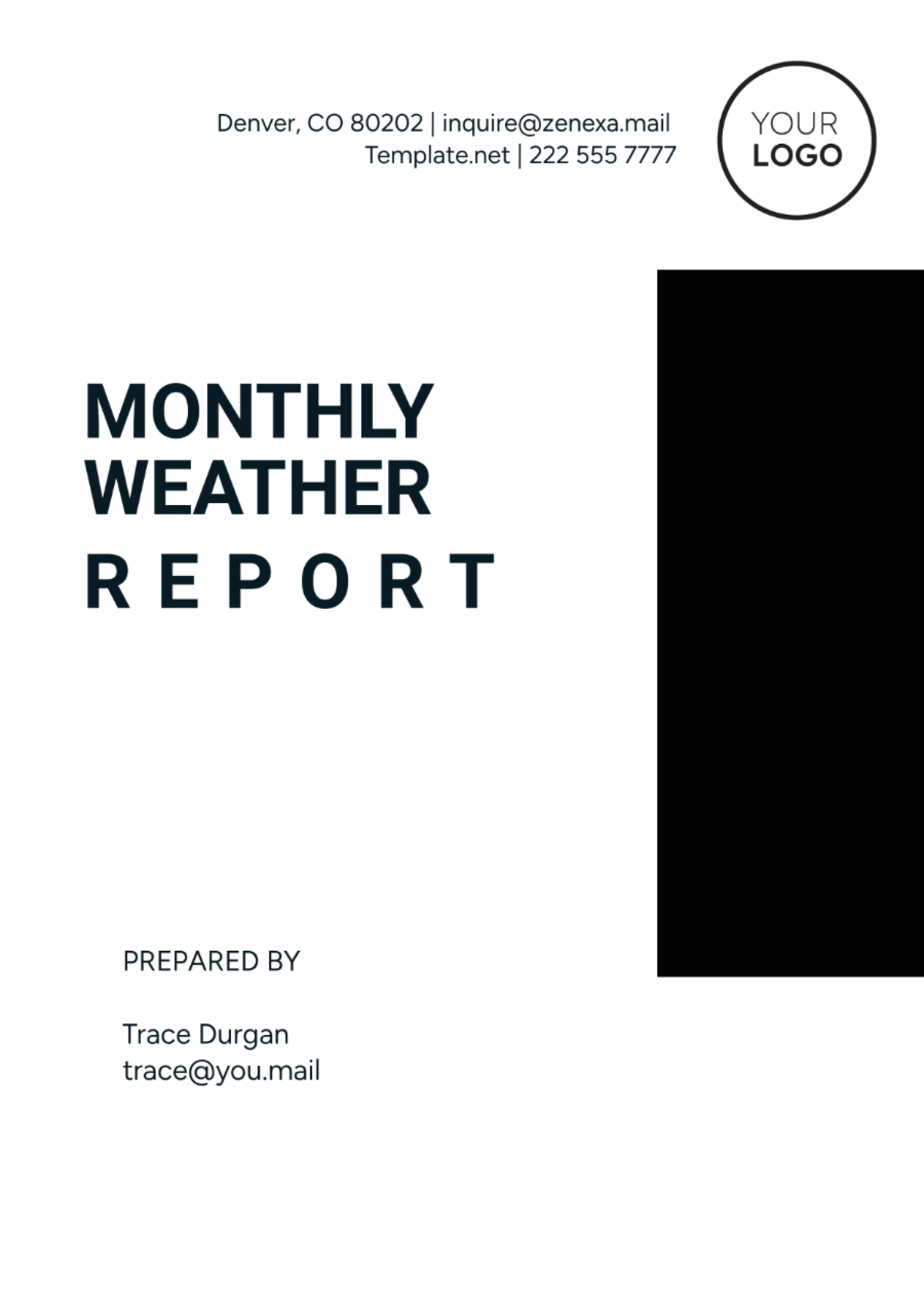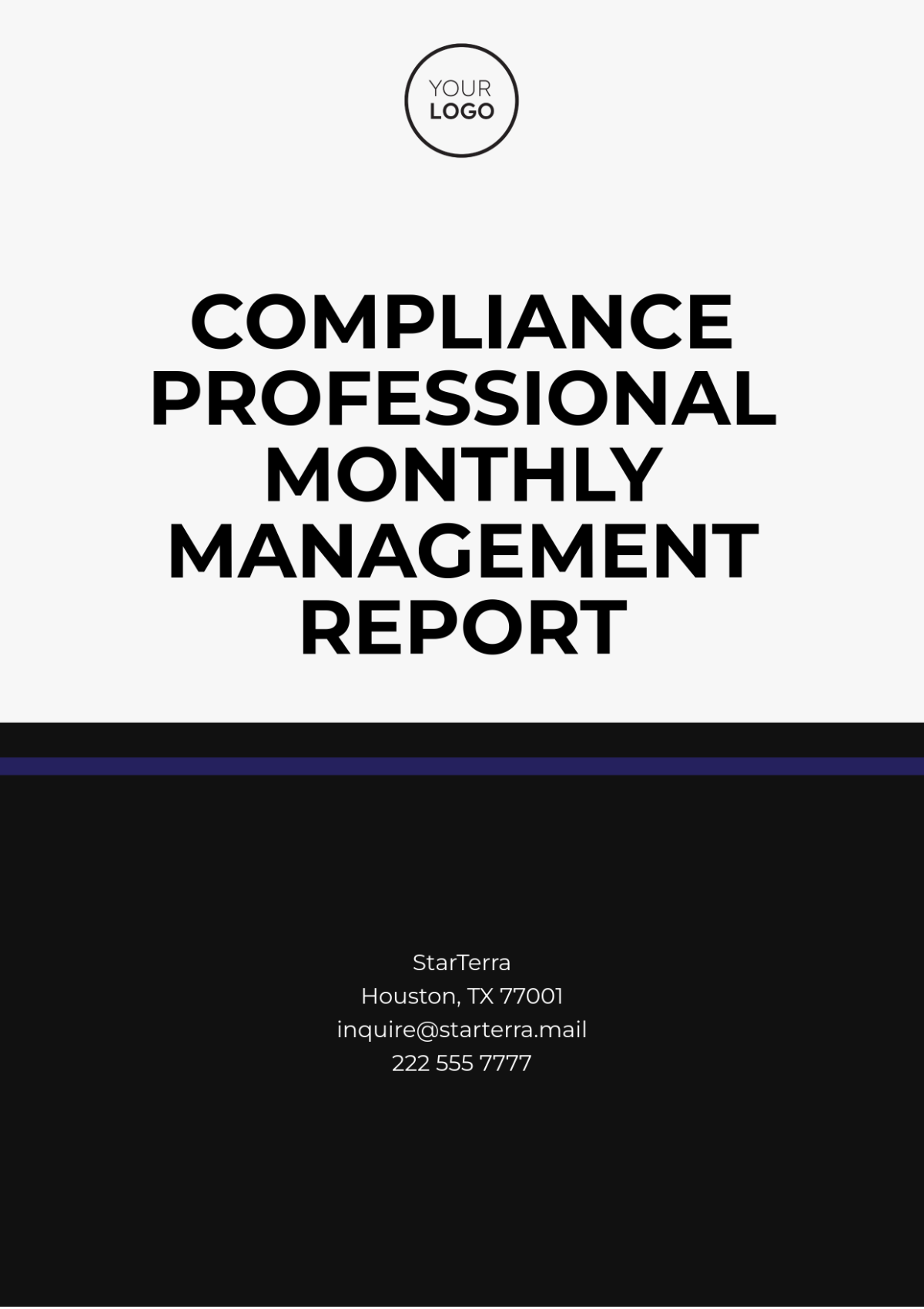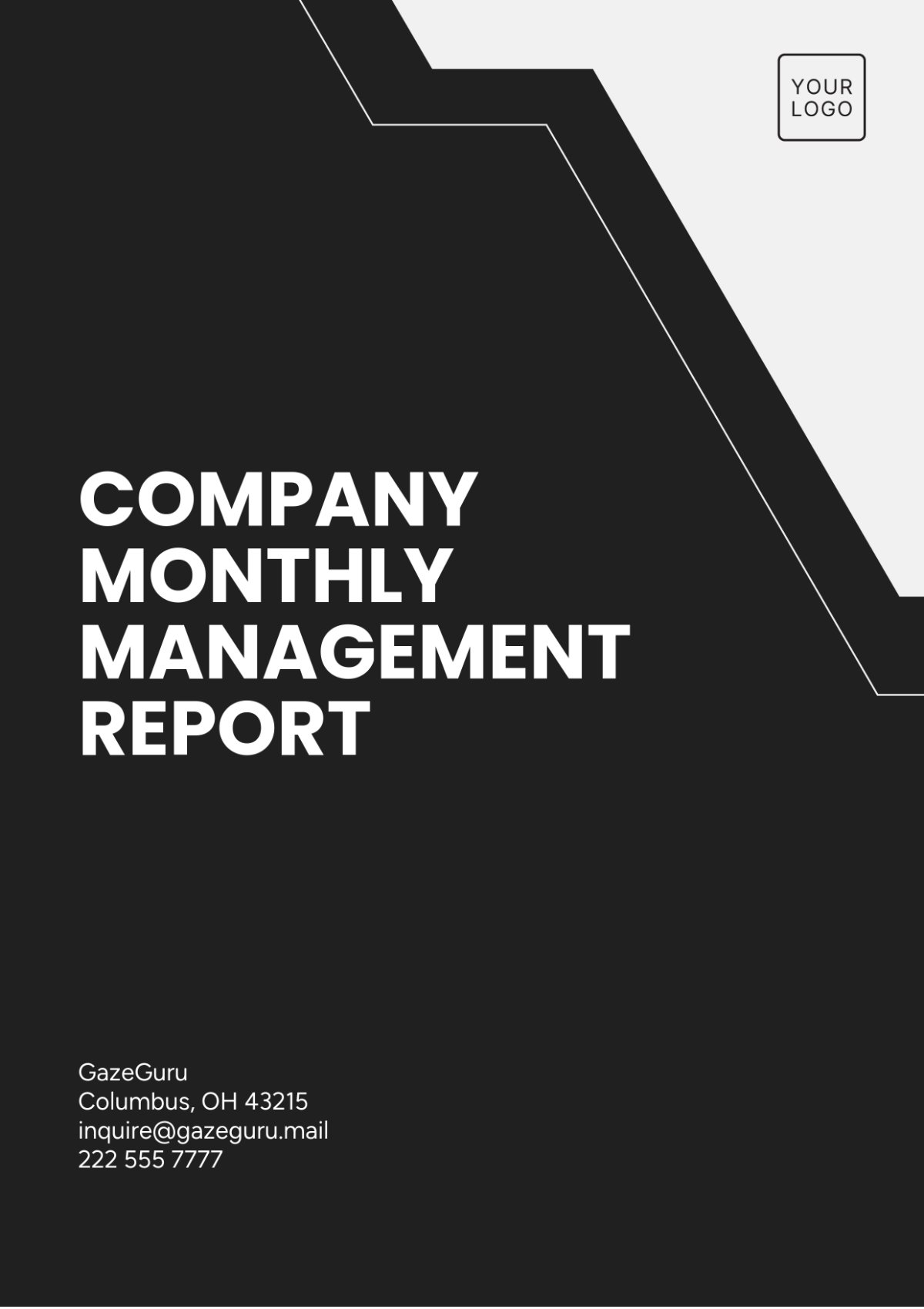MONTHLY WEATHER REPORT
Topic: Agriculture: Assisting Farmers in Making Informed Decisions About Crop Management
Month: October 2050
Region: Midwest USA
Executive Summary
The Monthly Weather Report for October 2050 presents vital weather information that impacts agricultural practices in the Midwest USA. This report details temperature averages, precipitation levels, wind conditions, and significant weather events during the month. Farmers can use this data to inform decisions regarding crop management, planting schedules, irrigation, and pest control.
Temperature Summary
Overview
October 2050 experienced varied temperature trends, influencing crop health and growth stages.
Table 1: Temperature Data for October 2050
Parameter | Average Temperature (°F) | Maximum Temperature (°F) | Minimum Temperature (°F) |
|---|---|---|---|
October 2050 | 57 | 75 | 40 |
Historical Average | 60 | 78 | 42 |
Analysis
The average temperature of 57°F in October 2050 is slightly below the historical average of 60°F.
Maximum temperatures reached 75°F, which is 3°F lower than the historical average, while minimum temperatures were also lower by 2°F.
Implication for Farmers: Cooler temperatures may slow crop maturation and affect harvesting schedules. Farmers should consider this when planning the timing of harvests, especially for late-season crops.
Precipitation Data
Overview
Precipitation levels are critical for crop growth and soil moisture management.
Table 2: Precipitation Data for October 2050
Parameter | Total Precipitation (inches) | Historical Average (inches) | % Difference |
|---|---|---|---|
October 2050 | 2.5 | 3.2 | -21.88% |
Analysis
The total precipitation of 2.5 inches in October 2050 represents a 21.88% decrease compared to the historical average of 3.2 inches.
This reduction in rainfall may lead to drier soil conditions, affecting irrigation needs.
Implication for Farmers: Farmers should monitor soil moisture levels closely and be prepared to implement irrigation strategies to ensure adequate water supply for crops, particularly for corn and soybeans, which are sensitive to moisture stress during critical growth periods.
Wind Analysis
Overview
Wind conditions can affect crop growth and harvesting activities, especially during critical periods.
Table 3: Wind Data for October 2050
Parameter | Average Wind Speed (mph) | Maximum Wind Gust (mph) |
|---|---|---|
October 2050 | 10 | 25 |
Analysis
The average wind speed was 10 mph, with gusts reaching up to 25 mph.
While these wind speeds are typical for the region, strong gusts can disrupt harvesting operations.
Implication for Farmers: Farmers should plan harvesting activities on days with lower wind forecasts to avoid damage to crops and ensure safe operating conditions for machinery.
Humidity Levels
Overview
Humidity can significantly affect crop health and disease prevalence.
Table 4: Humidity Data for October 2050
Parameter | Average Humidity (%) |
|---|---|
October 2050 | 60 |
Analysis
The average humidity level of 60% is within the typical range for October.
Implication for Farmers: Moderate humidity levels are favorable for most crops, but farmers should remain vigilant for the risk of fungal diseases, particularly in damp areas of fields.
Significant Weather Events
Overview
October 2050 included notable weather events that affected agricultural activities.
Frost Advisory: Early in the month, a frost advisory was issued in the northern parts of the Midwest, leading to potential damage to late-planted crops.
Rainfall Events: Several rainfall events occurred mid-month, providing much-needed moisture but also causing localized flooding in low-lying areas.
Implications
Frost Damage: Farmers should assess fields for frost damage and consider replanting if necessary.
Flood Management: Farmers in affected areas should implement soil erosion controls and drainage improvements to mitigate future flood risks.
Comparative Analysis
Historical Comparison
The weather conditions in October 2050 can be compared to previous years to identify trends and anomalies.
Table 5: Comparison of Weather Data (October 2049 vs. 2050)
Parameter | October 2049 | October 2050 | % Change |
|---|---|---|---|
Average Temperature (°F) | 59 | 57 | -3.39% |
Total Precipitation (inches) | 2.8 | 2.5 | -10.71% |
Average Wind Speed (mph) | 11 | 10 | -9.09% |
Average Humidity (%) | 62 | 60 | -3.23% |
Insights
October 2050 showed a trend of decreasing temperatures and precipitation compared to October 2049.
Implications for Future Planning: This trend may indicate a shift toward drier and cooler conditions, prompting farmers to adapt their strategies accordingly.
Outlook for November 2050
Temperature: Expect average temperatures to drop further, possibly affecting late-season crops.
Precipitation: Forecasts suggest a potential increase in rainfall, which could improve soil moisture levels.
Advisory: Farmers should prepare for the possibility of early frosts and monitor weather forecasts closely.
Conclusion
The Monthly Weather Report for October 2050 provides essential information for farmers in the Midwest USA to make informed decisions regarding crop management. By analyzing temperature, precipitation, wind conditions, and significant weather events, farmers can adapt their strategies to optimize crop health and yield. Continuous monitoring of weather patterns will be crucial for successful agricultural practices moving forward.
